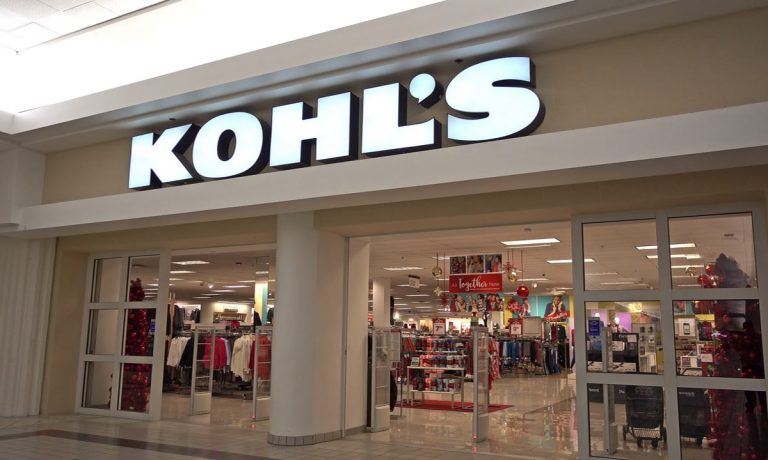After more than a year of activist approaches, breakup proposals and rebuffed board shake-up plans, Kohl’s announced Monday (June 6) that it was entering into three weeks of exclusive negotiations to sell itself to a little known vitamin and pet shop retailer that’s only about one-fifth its size.
The newly emerged suitor, Franchise Group, is an Ohio-based “holding company of a collection of market-leading and emerging brands” including Vitamin Shoppe, Buddy’s rent-to-own stores, Pet Supplies Plus and Sylvan Learning Centers. Its bid marks a 40% premium to Kohl’s share price prior to the announcement and topped a purported offer in the mid-$50 range from Sycamore Partners.
While the Kohl’s board reviews the non-binding, $60 per share proposal and Franchise Group conducts its own due diligence and secures its financing partners, investors and industry watchers can only watch and wonder from the sidelines as to the motivation for the deal as well as its probability of success.
“Kohl’s Board of Directors remains focused on selecting the path that maximizes value for all Kohl’s shareholders,” the second-largest department store operator’s statement read, echoing a sentiment and fiduciary duty that it has held throughout the entire process. “The Company will have no further comment until an agreement is reached or the discussions are terminated.”
To move forward, the offer would require the approval of both boards, and it was reiterated that the exclusive negotiations period is no assurance that the transaction will be completed.
The Store Stats
Advertisement: Scroll to Continue
On its first-quarter earnings call on May 5, Franchise Group reported 82% revenue growth to $1.1 billion and reaffirmed its full-year sales target of $4.4 billion. By comparison, Kohl’s Q1 sales, reported May 19, fell 5% to $3.7 billion, with analysts projecting the fleet of 1,100 departments stores — half of which are currently being remodeled to include a prominent Sephora makeup section — will produce annual revenues of $18.5 billion for fiscal year 2023.
The ambitious offer and upsizing of Franchise Group were made clear on the company’s recent conference call, as well as its intentions to continue to remake the company following the September 2019 merger of Liberty Tax and Buddy’s and the creation of the current, publicly traded holding company of a half dozen core brands.
“I can’t stress enough how resilient and nimble our management teams have been while staying true to our brands’ ethos and value propositions,” Franchise Group CEO Brian Kahn told analysts. “FRG’s diversification across various discretionary and non-discretionary products and services continued to serve us well,” Kahn added, noting the company’s intention to “further diversify and scale through strategic internal and external investment opportunities.”
Kohl’s Other Project
For its part, Kohl’s CEO Michelle Gass and her fellow board members have consistently argued that the company’s current path, with a heavy focus on boosting its store-in-store partnership with the French makeup brand as well is a further retooling of its stores to better facilitate omnichannel shopping, was the best way forward and would generate the strongest long term results for investors.
The latest bid also comes at a challenging time for the legacy big box retail store format, whose ongoing digital transformation before and during the pandemic has been further burdened with recent supply chain and inventory issues, as evidenced by rival Target’s announcement Tuesday (June 7) that it was embarking on a sales campaign to clear out unsold merchandise.
That said, long-term investors in Kohl’s, which is based outside of Milwaukee, have endured a volatile year of outside approaches that have now left the retailer’s stock little changed thanks to the most recent buyout bid.
At the same time, a 10-year view of Kohl’s stocks better reflects the long-term challenges that the retailer has been trying to overcome, as its stock is down about 20% since 2012 compared to a 200% advance by the S&P 500 and a 120% gain by the S&P Retail Industry ETF.




